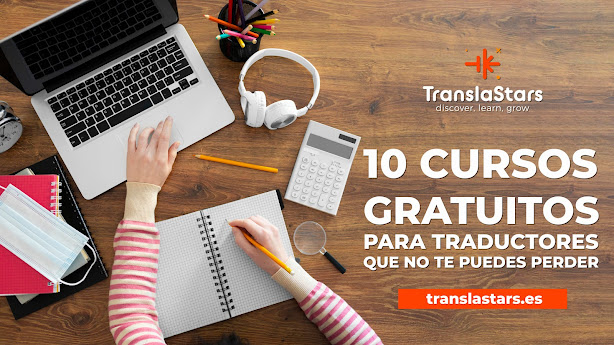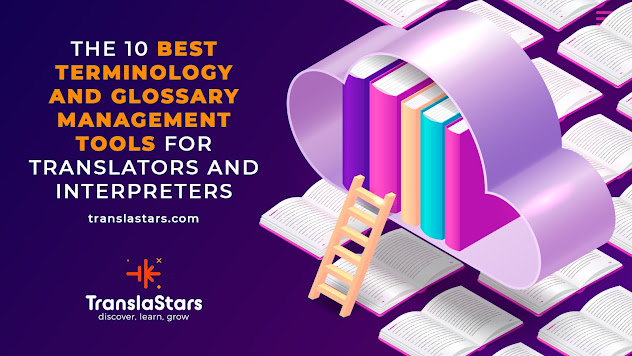Creating inclusive translations: 5 simple ways to get started
No matter your profession, you’ve most likely heard or read about inclusive language at some point over the past few years. It’s such a hot topic right that even some politicians are weighing in on the issue.
However, while its importance and prevalence are no doubt on the rise it can be difficult to know where to start when it comes to making our texts and translations as inclusive as possible. That said, with the increasing implementation of inclusive language across all business types, it’s vital to upskill in order to keep our services appealing and up-to-date.
What is inclusive language?
Why does inclusive language matter to my clients?
Communicate with your clients
Don’t take on too much
Focus on your audience
Follow the experts
Ask for peer feedback
What is inclusive language?
Inclusive language is defined by Dictionary.com as “language that avoids the use of certain expressions or words that might be considered to exclude particular groups of people.” In other words, it is a type of language that avoids excluding individuals or specific societal groups based on race, sexual orientation, gender, socioeconomic status, or ability.
It can be viewed as a type of language that encourages a neutral, safe, welcoming space in which everyone feels comfortable. This is particularly important in business settings where the use of inclusive language is crucial to team building and preventing workplace conflicts.
Why does inclusive language matter to my clients?
As with all language services, it can be difficult to convince your clients that inclusive language is good for business. However, in this particular case, the benefits aren’t so complicated for them to get their heads around. It all comes down to numbers.
By implementing inclusive language across their online platforms and official documentation your clients will open the door to thousands of new clients, which means an increase in sales. A 2019 study carried out by The Female Quotient in conjunction with Google revealed that underrepresented groups were far more likely to make a purchase after seeing an advertisement they perceived to be diverse or inclusive.
Communicate with your clients
First and foremost, you should never take it upon yourself to start making all of your client’s translations inclusive. While you may personally feel passionate about the topic you’re not in a position to make the big decisions as to the translator. In fact, taking the matter into your hands could end up costing you an account, so be sure to tread carefully.
Rather than making rash decisions, it’s worth taking the time to sit down with your client to discuss the options available. They may already have a handbook or manual for office use of some sort that you can use as a baseline for your translations.
If your client seems reticent to the idea then be sure to explain the business benefits to them but avoid being too pushy. Who knows? A few months down the line they may change their mind and be ready to make the transition to inclusive texts and translations.
Don’t take on too much
Creating inclusive translations is no mean feat. They are often far more time-consuming than a so-called ‘standard’ translation and it takes time for translators to get the hang of exactly how they should be written.
We know you’re probably itching to create inclusive translations across the board, but don’t be too hasty. It’s worth controlling your workload a little during this transition period in order to enable you to get to grips with exactly how everything works and to ensure that you continue to produce top-quality translations for all your clients.
If you work with direct clients, explain to them that you’ll need a little more time to turn their translations around. This will enable them to organize their working processes accordingly in order to give your enough time to create inclusive translations that will no doubt take their business to new heights. Unfortunately, this can be a little tricker when it comes to agency work, but you lose nothing for asking.
Focus on your audience
Inclusive language is not only difficult to get your head around, but also pretty extensive in terms of content. The chance are it will take you some time to get acquainted with all the types of inclusive language that are out there and work out when and in which contexts you need to use each of them.
When you’re starting out it’s worth focusing on just one or two specific types that you think are most relevant to your audience. Let’s say you’re working on the translation of a client’s latest vacation policy. Firstly, it’s probably worth getting your hands on some workplace demographics so you know exactly who you’re writing for.
If the workforce is multiracial, it’s worth spending some time focusing on history-first language in order to avoid any issues in terms of inclusion. On the other hand, if you discover that there are employees with disabilities then people-first language should be prioritized.
Follow the experts
A simple Google search will give you access to a whole host of inclusivity guidelines for companies from across the world. While some may be more reliable than others, they almost all provide a great starting point for those who are finding their feet in terms of inclusive language and will help to keep you on track.
For gender-neutral language, the UN provides a great resource for translators to refer to. It can also be combined with other official corporate guidelines you find online to help you put together your unique strategy.
Following the advice of the experts also provides you with a certain sense of back-up when it comes to justifying your linguistic decisions to your clients. Should they question your choice of words when it comes to gender-neutral language, explaining to them that you translate in accordance with United Nations guidelines will surely help clear up any issues quickly and efficiently.
Ask for peer feedback
Embarking on a new specialization or adding an innovative element to your translations is sure to make you a little nervous, especially if it’s trusted, long-term clients you’re dealing with. However, there’s no need to suffer in silence as there’s almost always someone available to give you a helping hand.
When you’re starting out in inclusive translation, why not reach out for a mentor or another translator who’s able to offer a second opinion on your texts before you send them off to your client. Of course, deadlines may not always allow for this, but where possible it’s worth taking the time to let another language professional give you their professional point of view.
This not only helps to avoid those cheeky typos that always seem to somehow sneak in but also to pick up on anything that may not read particularly well or requires further explanation.
If you’d like to learn more about the various types of inclusive language out there then sign up to one of our subscription plans for access to a whole host of relevant content in English, Spanish, and Italian.
Written by Helen Hadley for TranslaStars





Comments
Post a Comment